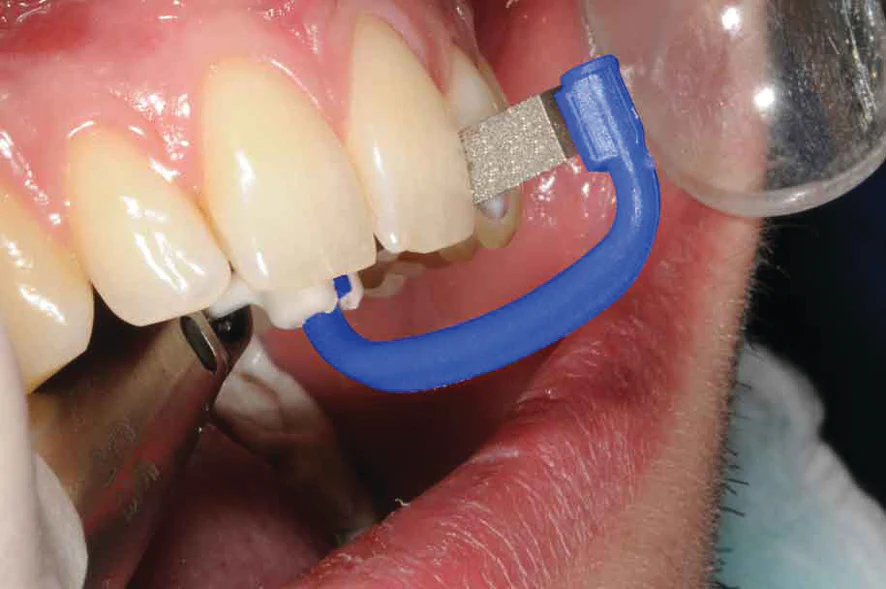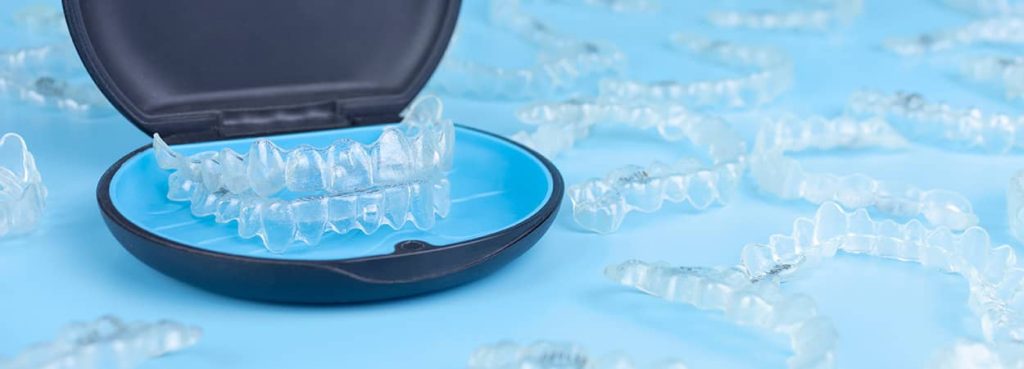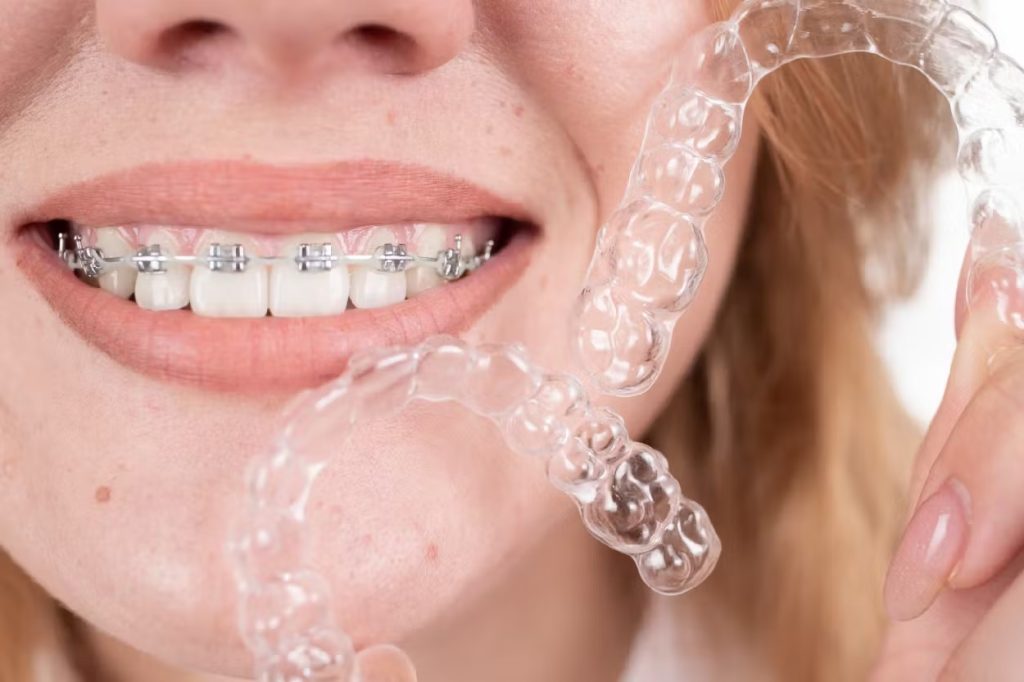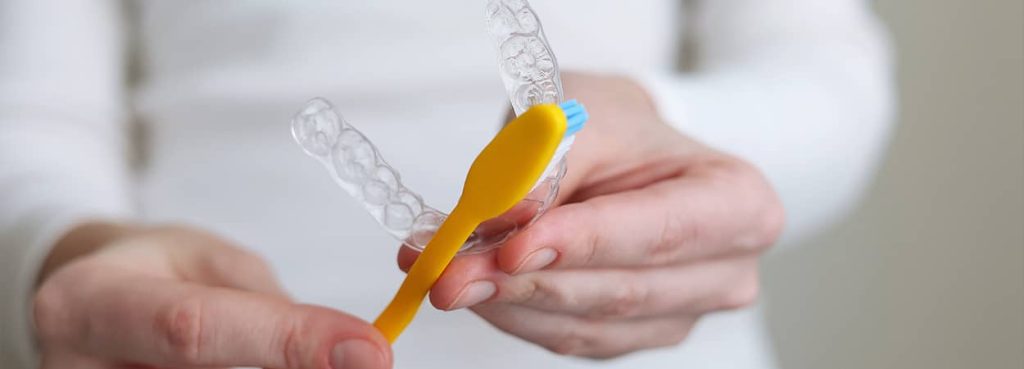invisalign filing teeth

If you’ve been considering Invisalign as a way to straighten your teeth, you’ve probably come across the term “Invisalign filing teeth.” It might sound a bit intimidating at first, but don’t worry! This process, often called interproximal reduction (IPR), is a common and safe part of the Invisalign treatment. In this comprehensive guide, we’ll dive deep into everything you need to know about Invisalign filing teeth—what it is, why it’s done, how it feels, and whether it’s the right option for you.
What Is Invisalign?
Before we delve into the specifics of Invisalign filing teeth, let’s first understand what Invisalign is and how it works. Invisalign is a popular orthodontic treatment that uses a series of custom-made, clear aligners to gradually move your teeth into the desired position. Unlike traditional metal braces, Invisalign aligners are nearly invisible, making them an appealing option for those who want a more discreet way to achieve a beautiful smile.
The aligners are made from a patented thermoplastic material called SmartTrack, which is designed to be both comfortable and effective in moving teeth. Each set of aligners is worn for about two weeks before being replaced by the next set in the series. Over time, the aligners shift your teeth into their new positions, resulting in a straighter, more aligned smile.
What Is Invisalign Filing Teeth?
Invisalign filing teeth, or interproximal reduction (IPR), is a technique used by orthodontists to create a small amount of space between the teeth. This space is necessary for the teeth to move more freely into their proper positions during Invisalign treatment. IPR is typically performed using very fine dental files, diamond-coated strips, or a small disc that is gently passed between the teeth to remove a tiny amount of enamel.
The amount of enamel removed during IPR is minimal—usually between 0.2 to 0.5 millimeters per tooth. While this may sound concerning, it’s important to understand that the enamel is the hardest substance in the human body, and removing such a small amount does not weaken the tooth. In fact, the process is entirely safe and is a well-established technique in orthodontics.
Why Is Invisalign Filing Teeth Necessary?
Invisalign filing teeth is not required for every patient, but it can be a crucial step in certain cases. Here are some of the main reasons why your orthodontist might recommend IPR:
- Crowding: One of the most common reasons for Invisalign filing teeth is to address crowding. When there isn’t enough space in your mouth for all of your teeth, they can overlap or become misaligned. IPR allows them to move into a straighter, more aligned position by creating a small amount of space between the teeth.
- Improving Tooth Alignment: Even if you don’t have significant crowding, small adjustments to the spacing between your teeth can improve their overall alignment. This can help create a more uniform and aesthetically pleasing smile.
- Preventing Future Issues: In some cases, IPR can help prevent future orthodontic issues. By creating the proper spacing between teeth, your orthodontist can ensure that they remain aligned over time, reducing the likelihood of shifting or crowding after your treatment is complete.
- Achieving a Better Bite: Proper tooth alignment is essential for a healthy bite. Invisalign filing teeth can help your orthodontist fine-tune your bite, ensuring that your teeth come together correctly when you close your mouth.
How Is Invisalign Filing Teeth Performed?
The process of Invisalign filing teeth is straightforward and typically takes only a few minutes per tooth. Here’s what you can expect during the procedure:
- Consultation: Before beginning Invisalign treatment, your orthodontist will evaluate your teeth and determine whether IPR is necessary. They’ll discuss the process with you and answer any questions you may have.
- Preparation: If IPR is needed, your orthodontist will begin by preparing your teeth. They may apply a protective gel to your gums to ensure that only the enamel is affected.
- Filing: Using a small, precise tool, your orthodontist will gently file away a tiny amount of enamel from between the teeth. This step is typically painless, as the amount of enamel removed is minimal. You may feel some slight pressure, but it shouldn’t be uncomfortable.
- Polishing: After the filing is complete, your orthodontist will polish the edges of your teeth to ensure they are smooth and free of rough spots.
- Aligner Fitting: Once the filing is done, your orthodontist will fit you with your next set of Invisalign aligners. The new aligners will take advantage of the additional space created by the filing to move your teeth into their new positions.
Does Invisalign Filing Teeth Hurt?
One of the most common concerns about Invisalign filing teeth is whether it will be painful. The good news is that the process is generally painless. Because only a small amount of enamel is removed, most patients experience little to no discomfort during the procedure.
However, it’s normal to feel some sensitivity in your teeth afterward, especially if you have naturally sensitive teeth. This sensitivity is usually mild and temporary, subsiding within a few days. Your orthodontist may recommend using a toothpaste designed for sensitive teeth to help alleviate any discomfort.
Is Invisalign Filing Teeth Safe?
Yes, Invisalign filing teeth is a safe and effective procedure when performed by a qualified orthodontist. The amount of enamel removed during IPR is minimal and does not compromise the strength or health of your teeth. In fact, IPR has been used in orthodontics for many years and is a well-established technique for improving tooth alignment.
Your orthodontist will carefully evaluate your teeth before performing IPR to ensure that it is the right option for you. They will also take care to remove only the necessary amount of enamel, preserving the integrity of your teeth.
The Benefits of Invisalign Filing Teeth
Invisalign filing teeth can offer several benefits, especially for those who need a little extra help achieving their perfect smile. Here are some of the key advantages:
- Improved Aesthetics: By creating space between your teeth, IPR can help improve the overall appearance of your smile. This can lead to a more even, symmetrical smile that looks great from every angle.
- More Effective Treatment: In some cases, IPR can make Invisalign treatment more effective by allowing your teeth to move more freely. This can lead to better results in a shorter amount of time.
- Better Long-Term Results: Creating the proper spacing between your teeth can help ensure that they remain aligned after your Invisalign treatment is complete. This can reduce the likelihood of needing further orthodontic treatment in the future.
- Enhanced Comfort: In some cases, crowding can cause discomfort or difficulty in maintaining oral hygiene. By addressing crowding with IPR, you can enjoy a more comfortable and healthier mouth.
Are There Any Risks Associated with Invisalign Filing Teeth?
While Invisalign filing teeth is generally safe, as with any dental procedure, there are some potential risks to be aware of. These risks are minimal and can be mitigated by working with an experienced orthodontist. Some of the potential risks include:
- Tooth Sensitivity: As mentioned earlier, some patients may experience temporary tooth sensitivity after IPR. This sensitivity is usually mild and goes away within a few days.
- Enamel Damage: Although rare, there is a small risk of removing too much enamel during IPR. This can lead to weakened teeth or increased sensitivity. However, this risk is minimized when the procedure is performed by a skilled orthodontist who takes care to remove only the necessary amount of enamel.
- Gum Irritation: In some cases, the filing process can cause temporary irritation to the gums. This is usually mild and can be managed with over-the-counter pain relievers or a saltwater rinse.
- Increased Risk of Cavities: Removing enamel can slightly increase the risk of cavities, as enamel helps protect the teeth from decay. However, this risk is minimal if you maintain good oral hygiene and follow your orthodontist’s recommendations for caring for your teeth.
How to Care for Your Teeth After Invisalign Filing
After undergoing Invisalign filing teeth, it’s important to take good care of your teeth to ensure the best results. Here are some tips for maintaining your oral health after IPR:
- Brush and Floss Regularly: Continue to brush your teeth at least twice a day and floss daily. This will help remove plaque and prevent cavities, especially in the areas where enamel was removed.
- Use Sensitivity Toothpaste: If you experience sensitivity after IPR, consider using a toothpaste designed for sensitive teeth. This can help reduce discomfort and protect your teeth.
- Avoid Hard or Sticky Foods: For the first few days after IPR, it’s a good idea to avoid hard or sticky foods that could irritate your teeth or gums. Stick to soft foods and avoid chewing on ice or hard candies.
- Attend Follow-Up Appointments: Make sure to attend all of your scheduled follow-up appointments with your orthodontist. They will monitor your progress and ensure that your teeth are moving as planned.
- Wear Your Aligners as Directed: To achieve the best results, it’s important to wear your Invisalign aligners for the recommended 20-22 hours per day. This will help ensure that your teeth continue to move according to your treatment plan.
Alternatives to Invisalign Filing Teeth
If the idea of Invisalign filing teeth makes you uncomfortable, you may be wondering if there are any alternatives. While IPR is a common and effective technique, it is not always necessary. Your orthodontist will determine whether IPR is needed based on your specific case.
In some cases, alternative treatments such as extractions or the use of different types of aligners may be considered. However, these options may not be suitable for everyone, and they may come with their own set of risks and benefits. It’s important to discuss your concerns with your orthodontist so that they can recommend the best course of action for you.
Frequently Asked Questions About Invisalign Filing Teeth
Q: How much enamel is removed during Invisalign filing teeth?
A: The amount of enamel removed during IPR is minimal—usually between 0.2 to 0.5 millimeters per tooth. This is a small amount that does not compromise the strength or health of the tooth.
Q: Will Invisalign filing teeth hurt?
A: The process of Invisalign filing teeth is generally painless. Most patients experience little to no discomfort during the procedure. However, it’s normal to feel some mild sensitivity afterward, which usually subsides within a few days.
Q: Is Invisalign filing teeth safe?
A: Yes, Invisalign filing teeth is a safe and well-established procedure in orthodontics. When performed by a qualified orthodontist, the risks are minimal, and the benefits can be significant.
Q: How long does the Invisalign filing teeth process take?
A: The process of filing teeth typically takes only a few minutes per tooth. The entire procedure can usually be completed in a single appointment.
Q: Do I need Invisalign filing teeth for my treatment?
A: Not everyone needs IPR as part of their Invisalign treatment. Your orthodontist will evaluate your teeth and determine whether it is necessary based on your specific case.
Conclusion: Is Invisalign Filing Teeth Right for You?
Invisalign filing teeth, or interproximal reduction, is a common and effective technique used to create space between teeth, allowing them to move more freely into their proper positions. While the idea of filing your teeth might sound daunting, the procedure is safe, painless, and can significantly improve the results of your Invisalign treatment.
If your orthodontist recommends IPR as part of your treatment plan, it’s likely because they believe it will help you achieve the best possible outcome. By creating the proper spacing between your teeth, IPR can enhance the effectiveness of your aligners, improve the aesthetics of your smile, and help ensure long-term stability.
As with any dental procedure, it’s important to discuss your concerns and questions with your orthodontist. They can provide you with all the information you need to feel confident in your treatment plan. Remember, the goal of Invisalign and any accompanying procedures like IPR is to give you a beautiful, healthy smile that lasts a lifetime.
So, if you’re on the path to a straighter smile and your orthodontist suggests Invisalign filing teeth, rest assured that you’re in good hands. With a little bit of patience and care, you’ll be well on your way to achieving the smile of your dreams!









